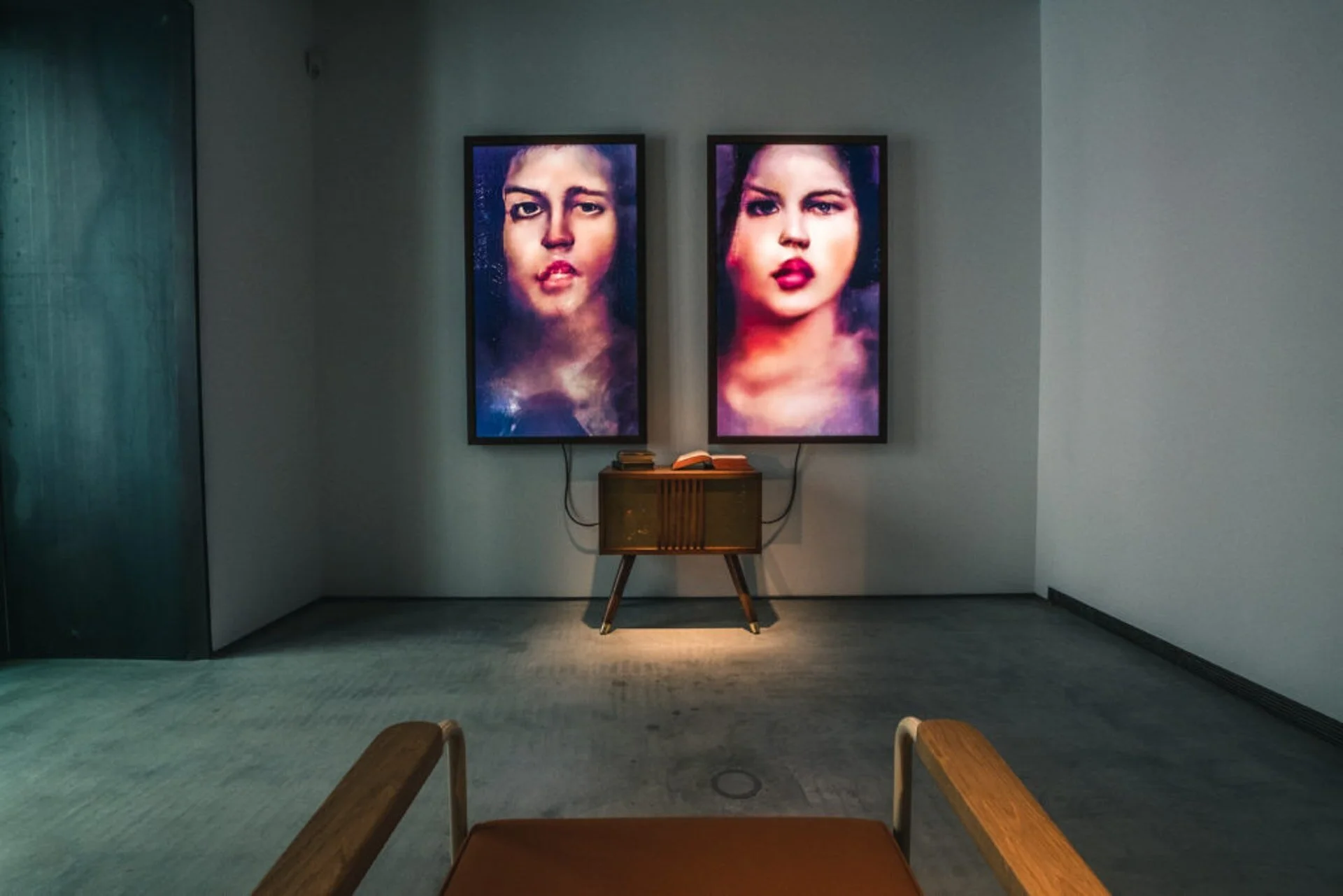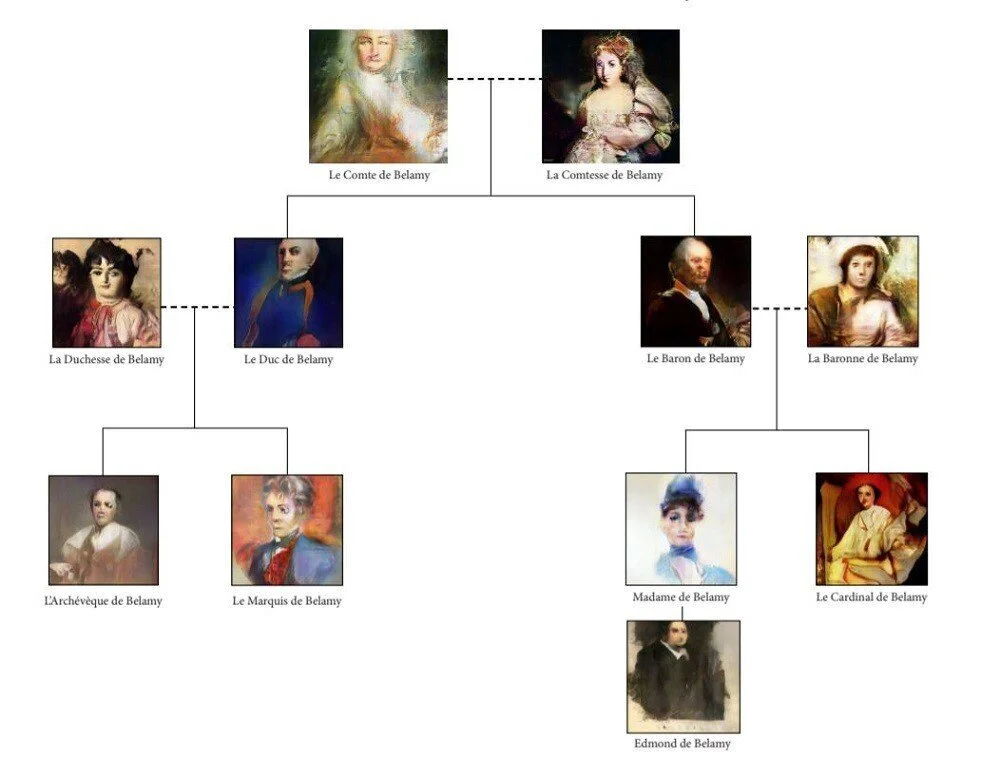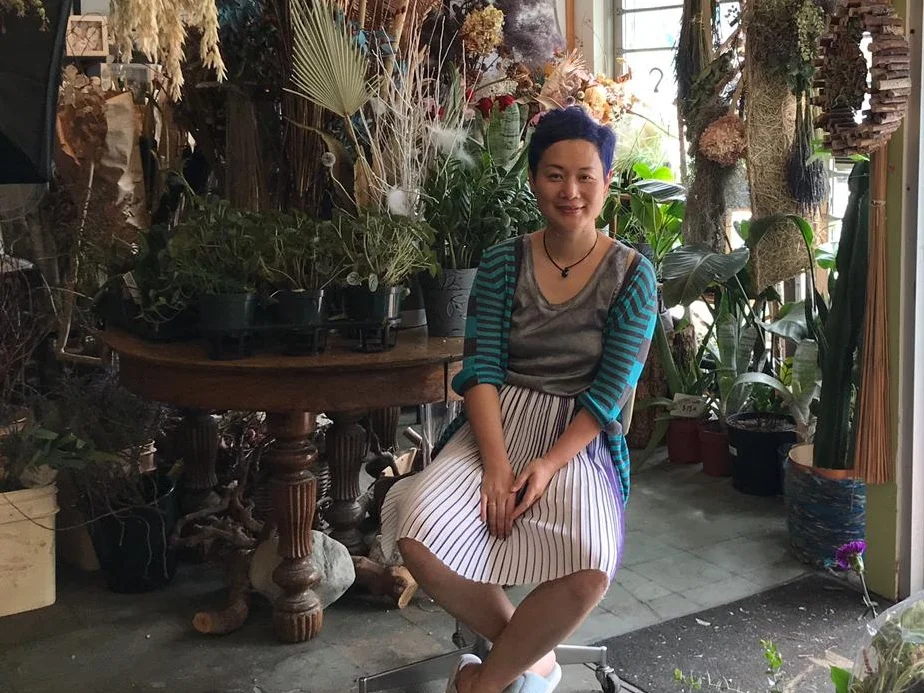Human Creativity
Content Editor: Alice On
Are you more creative than AI?
It is projected that by 2030, global automation may take 800 million jobs. What does that mean with the rapid development of AI steadily replacing the human work force, is it possible to replace the human race altogether?
In his Tedtalk, Blaise Agüera y Arcas, machine learning expert and principal scientist at Google, talked about how he was working to encouraging AI to learn the kind of "creative" thinking humans employ.
He drew a very interesting comparison between neurology, computing and this very famous quote:
“Every block of stone has a statue inside it and it is the task of the sculptor to discover it.”
In it Agüera believes Michelangelo was expressing the dual relationship between perception and creativity in the human mind - where "creativity" comes from "perception" because perception engages the process to turn sounds and images into concepts which in turn enable us to turn those concept into something out there into the world.
He continued on to mention a product of Google’s Arts & Culture Lab, POEMPORTRAITS, a collaboration with featured coder Ross Goodwin and artist Es Devlin. Ross built the software that generates the poetry in this a series of experiments. He trained a deep learning neural network on a huge body of 19th century poems with over 25 million words, which looks for patterns in this data and then generates text in response to the user’s input. Once users take a photo and donates a word, the AI computer would created a poem combining the user’s word, the words of other contributor’s along with words of poets written a few centuries ago. The final poem would be projected in combination with the portrait. In this process, the AI very much becomes a team member, adding value, prompts and meaning with its ability.
“Sociology professor Anton Oleinik argues that neural networks are structured in a way that limits the possibility that they will ever have true artificial creativity.”
For now the human mind and our creativity to relate an object or theory to something unrelated to create something “new” is still not quite replicable with AI. Although we never know what the future may hold, I know from this that instead of being afraid of being replaced by AI, no matter what profession, the advantages of Human adaptability and creativity thinking will serve all aspects of our lives further with better understanding.
Let’s see the AI Art
By Mario Klingemann
Ai Da is the world's first robotic painter. In June 2019, she had the exhibition <Unsecured> Futures at Oxford University in the UK with other artists, There were 8 manuscripts, 20 paintings, 4 Engraving creations, as well as two video works.
Preceding Ai Da, in 2018 the first AI painting created by Obvious, a Paris-based collective was notorious in the AI world and fetched a price of $430,000 on Christie’s, nearly 45 times its high estimate. The “painting” is one of a group of portraits of the fictional Belamy family consisting of Hugo Caselles-Dupré, Pierre Fautrel and Gauthier Vernier.
As the first auctioned work created by an algorithm the portrait in its gilded frame, depicting a vague-faced, portly gentleman, is signed at the bottom corner with an algorithm, as to hint as the less than human artist.
Belamy Family













Art
研究人員預測,到2030年,全球自動化可能會奪走8億個工作崗位。對於AI機器人和無人商店的發展至今,他有可能完全取代人類嗎?